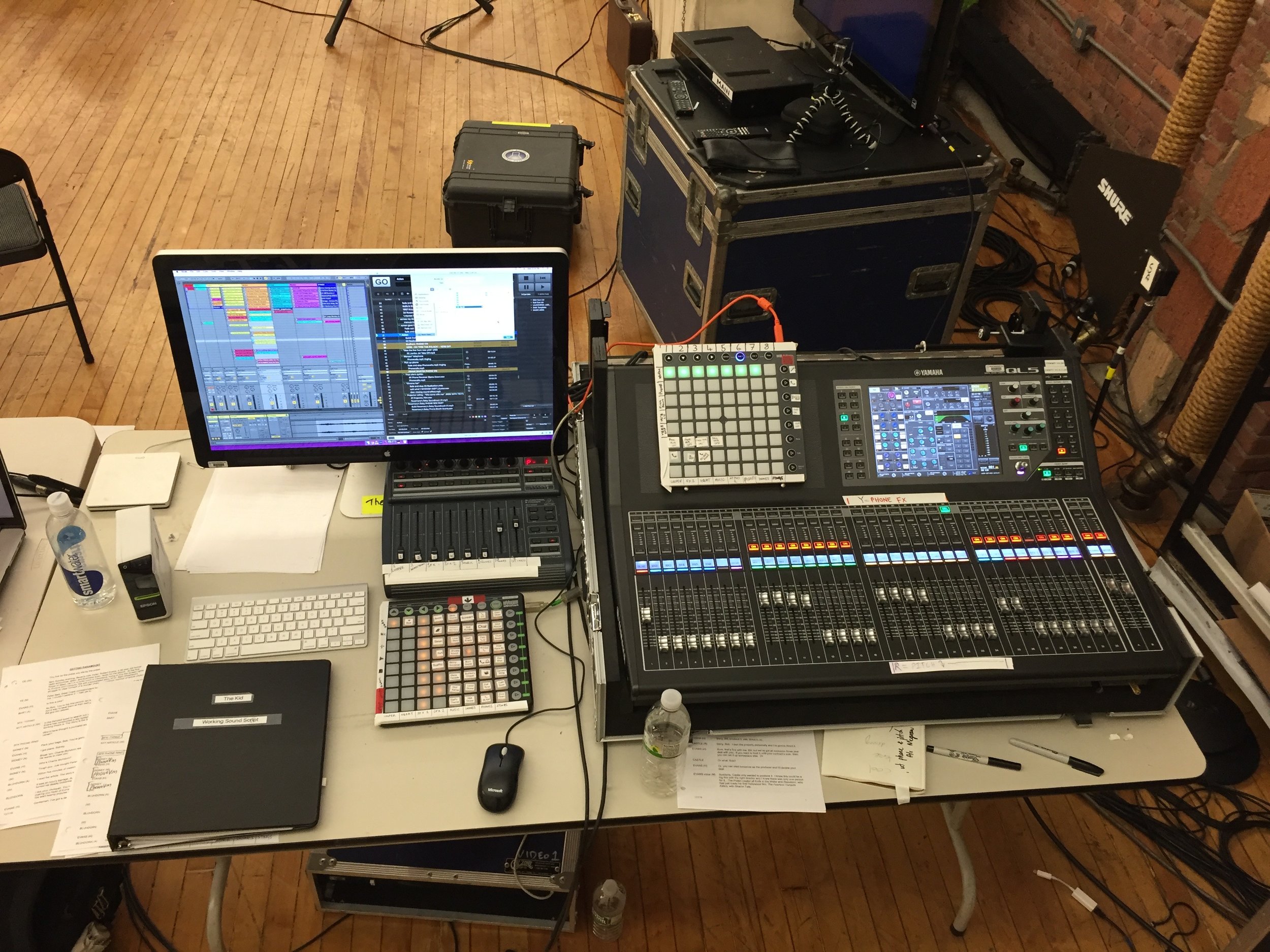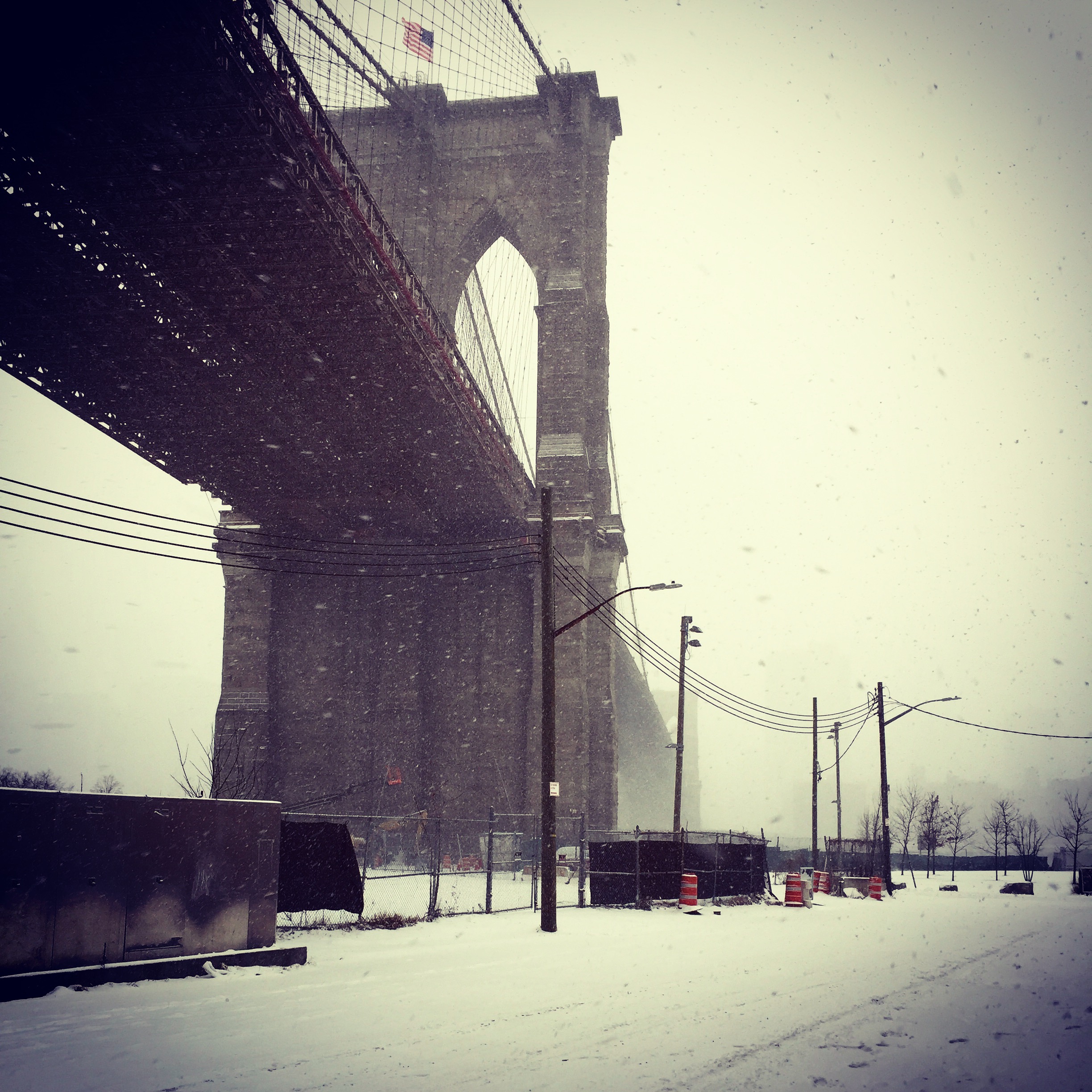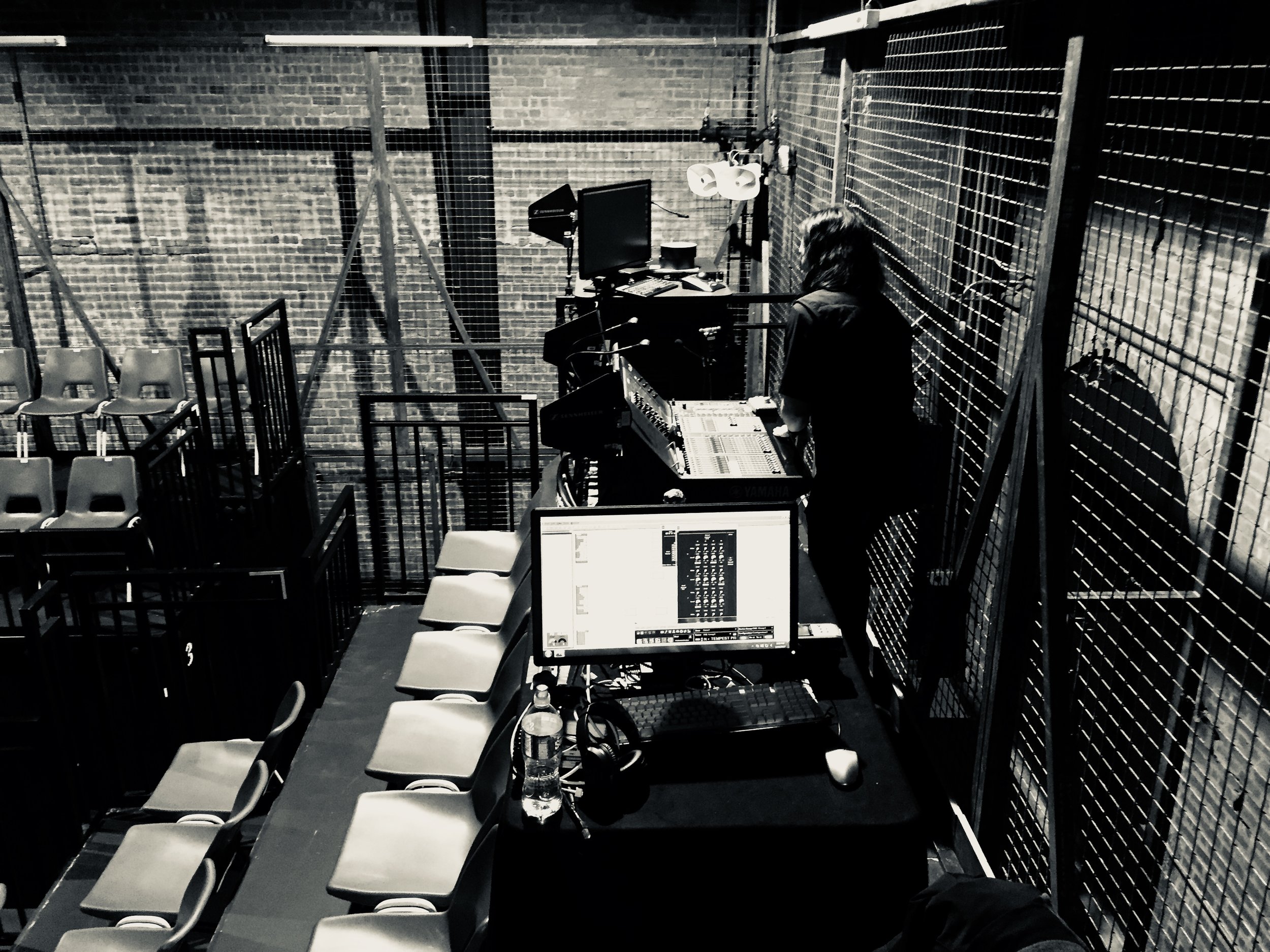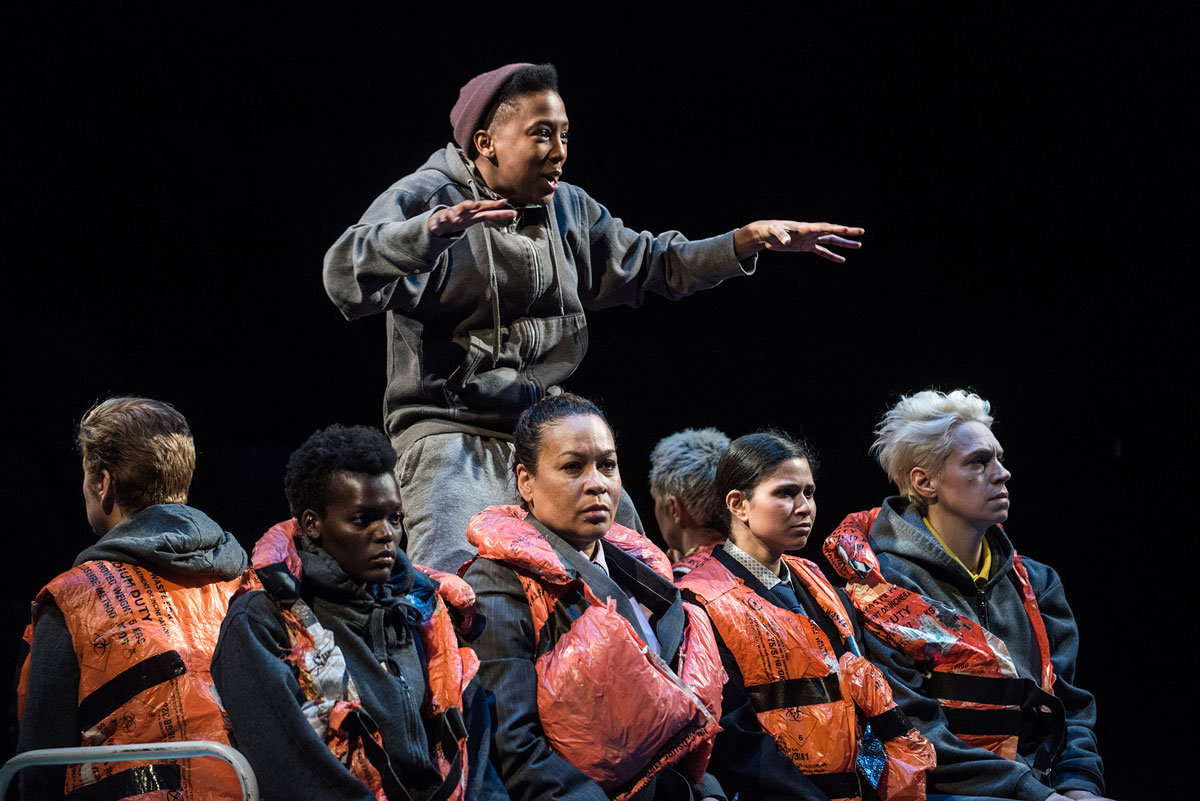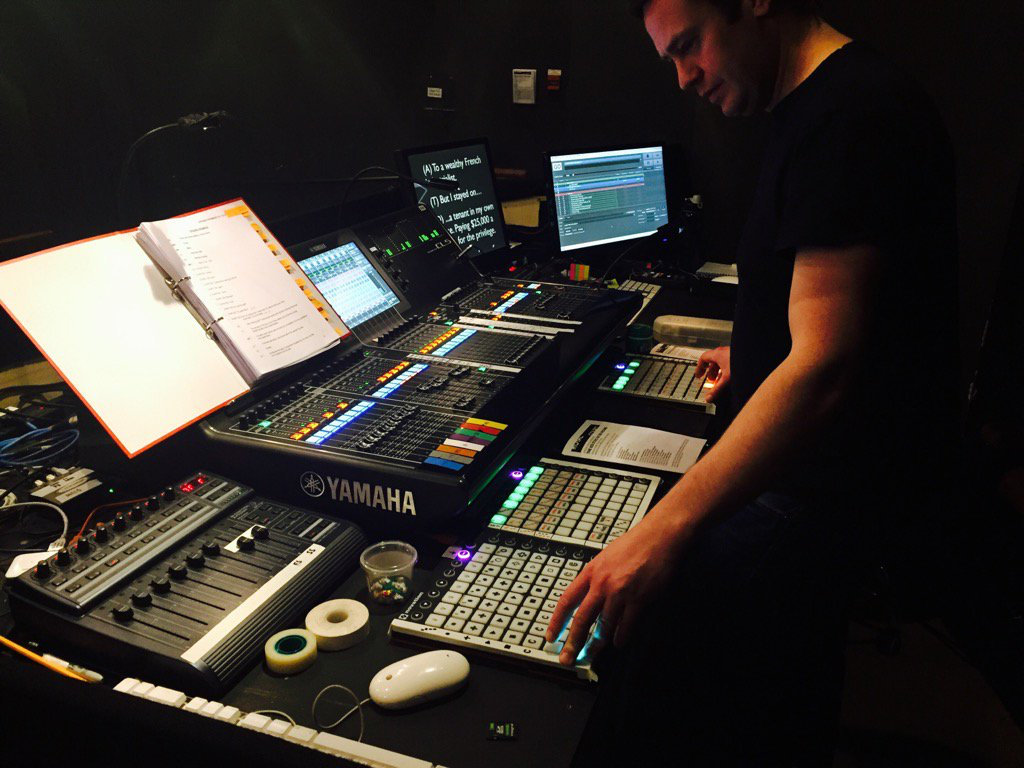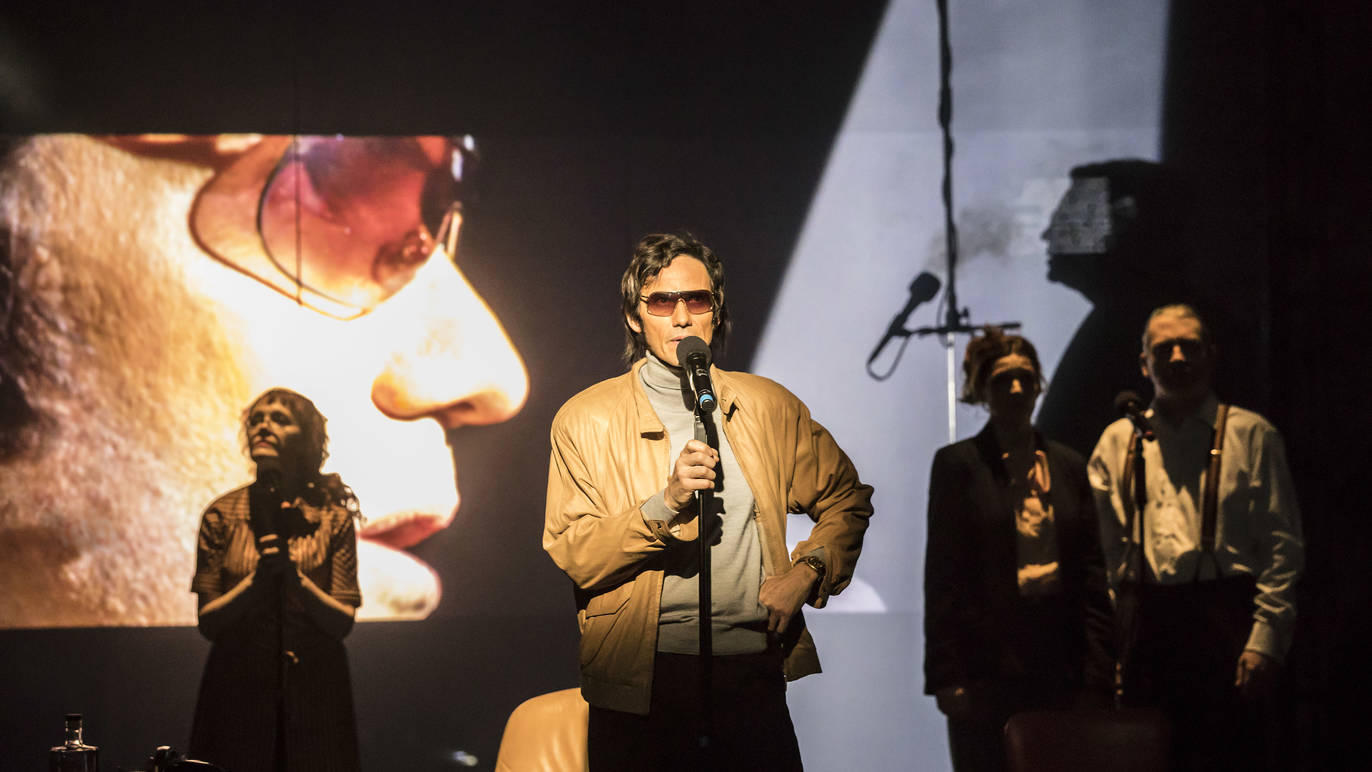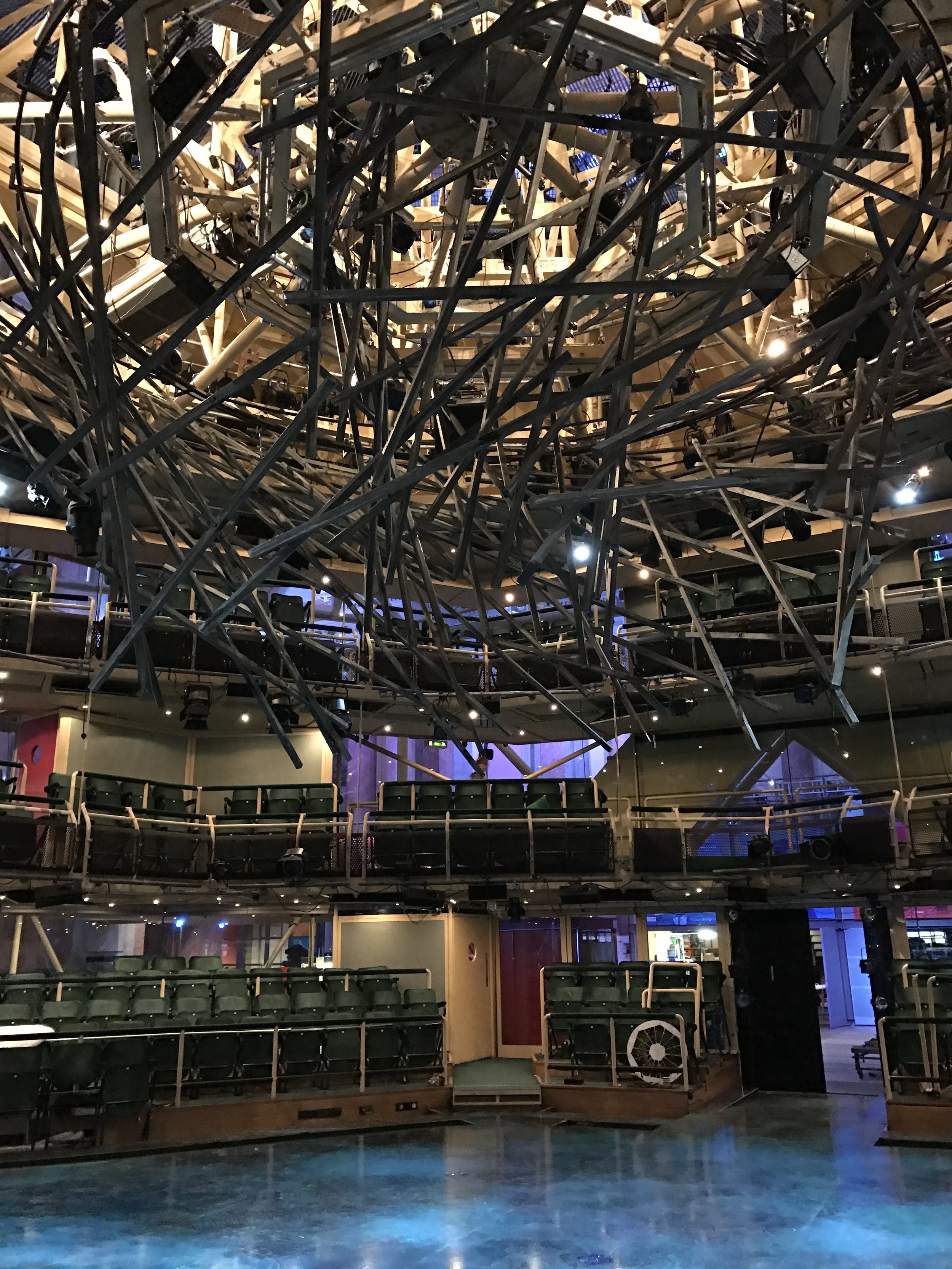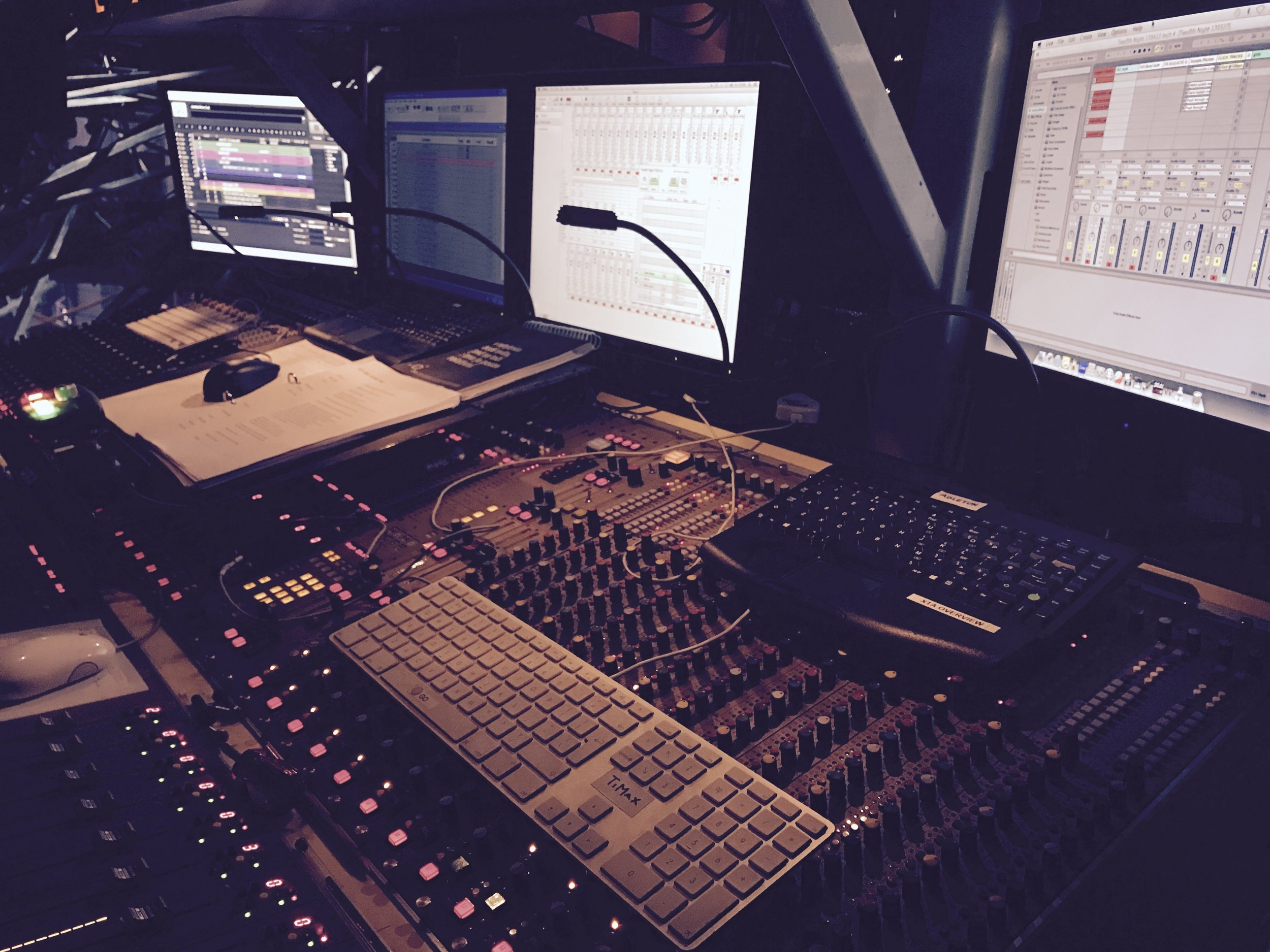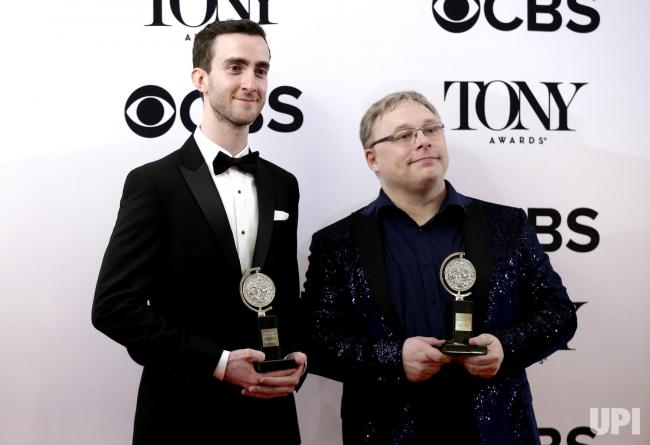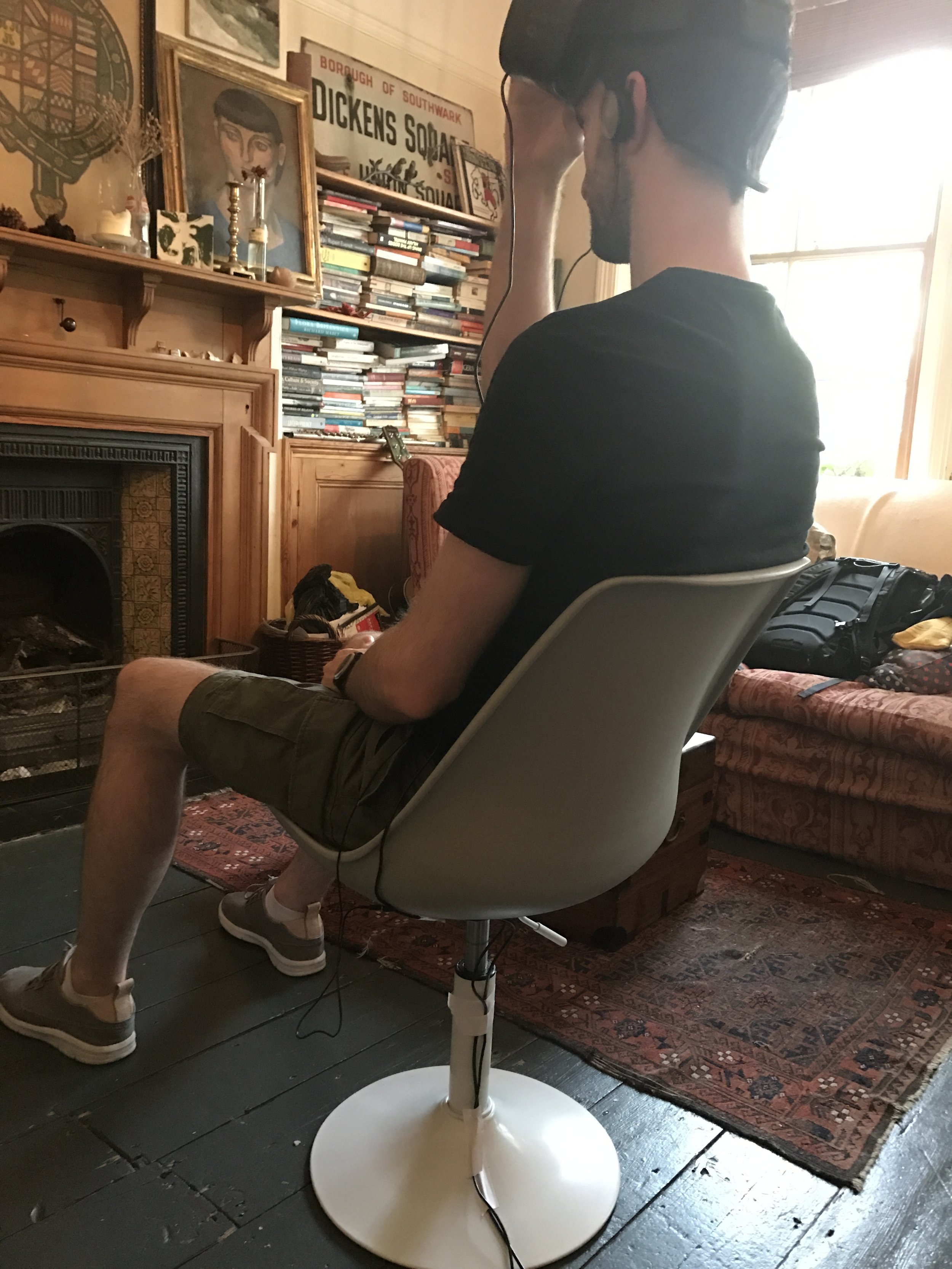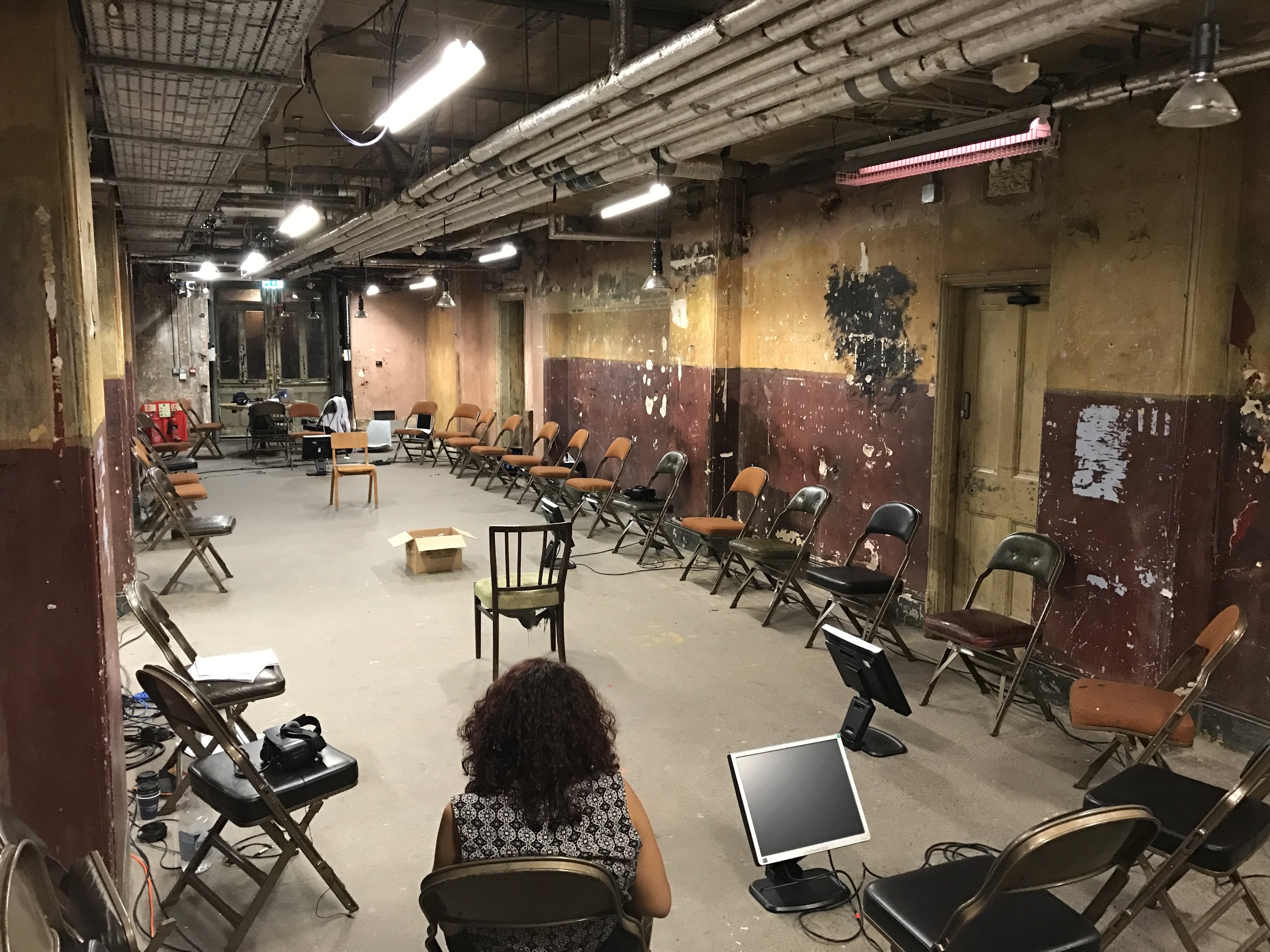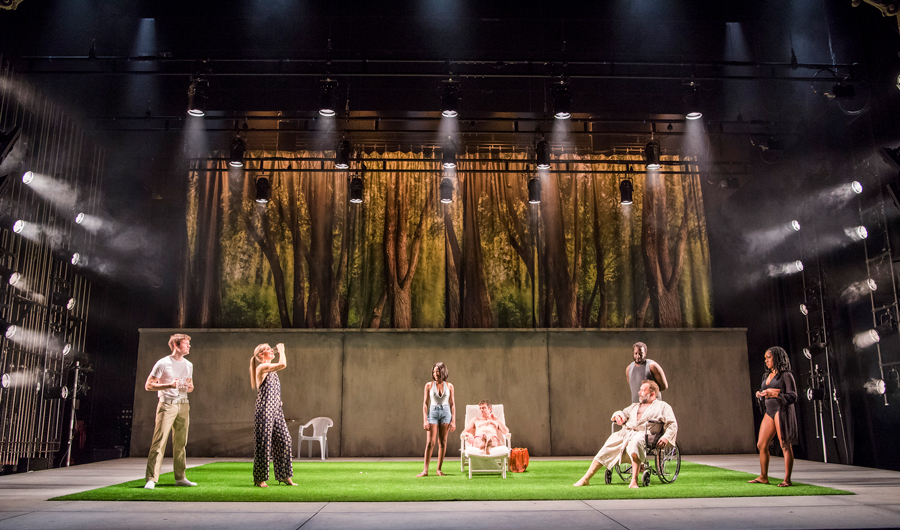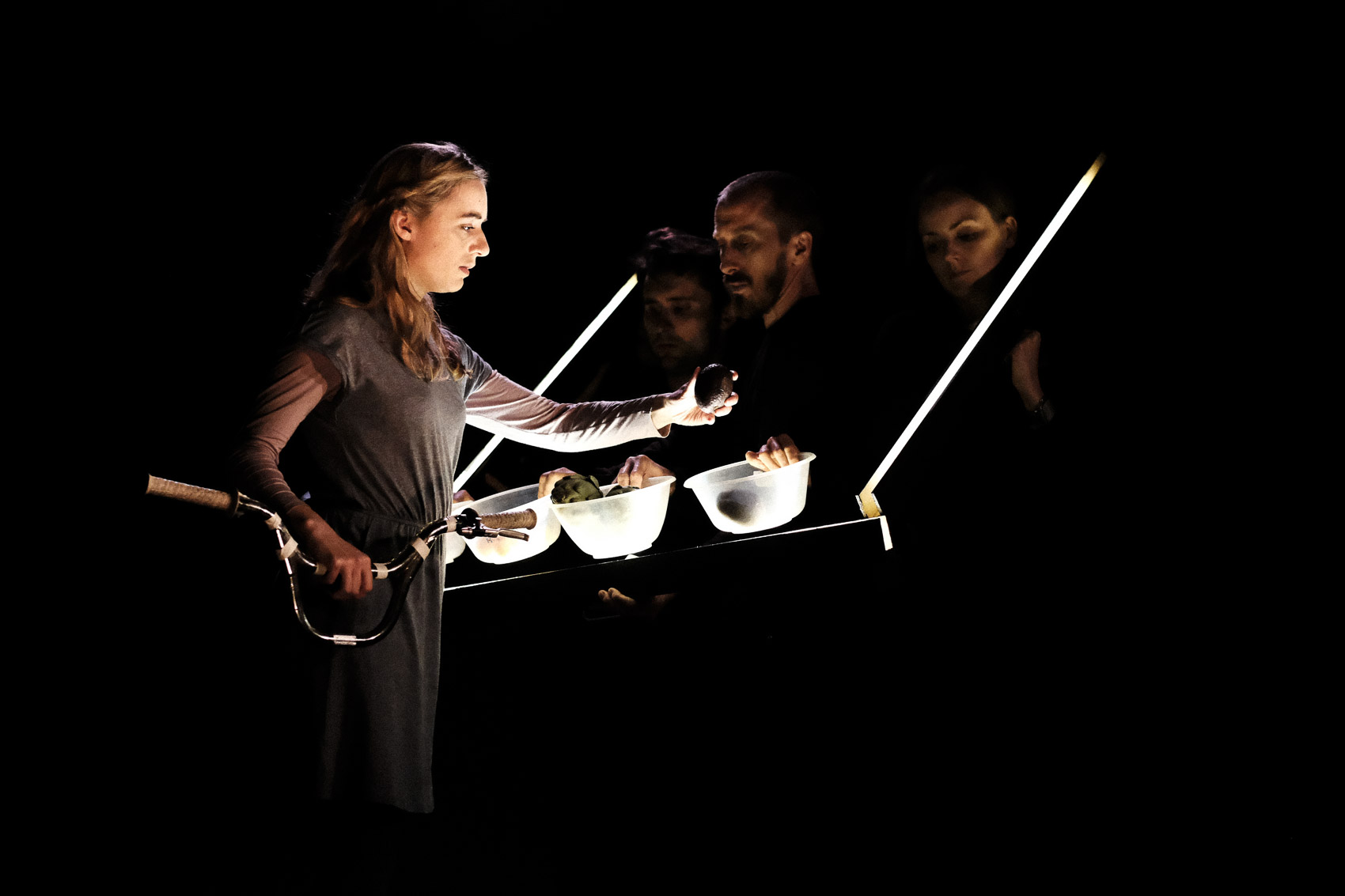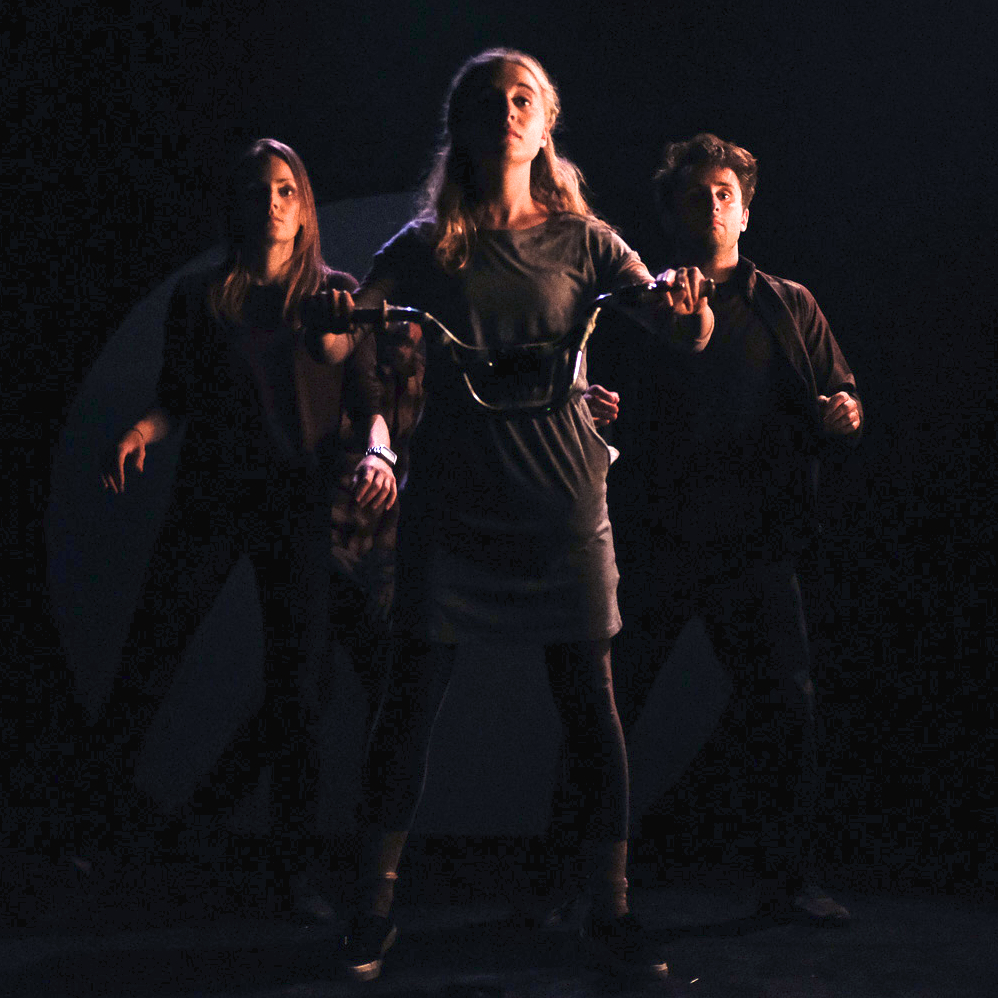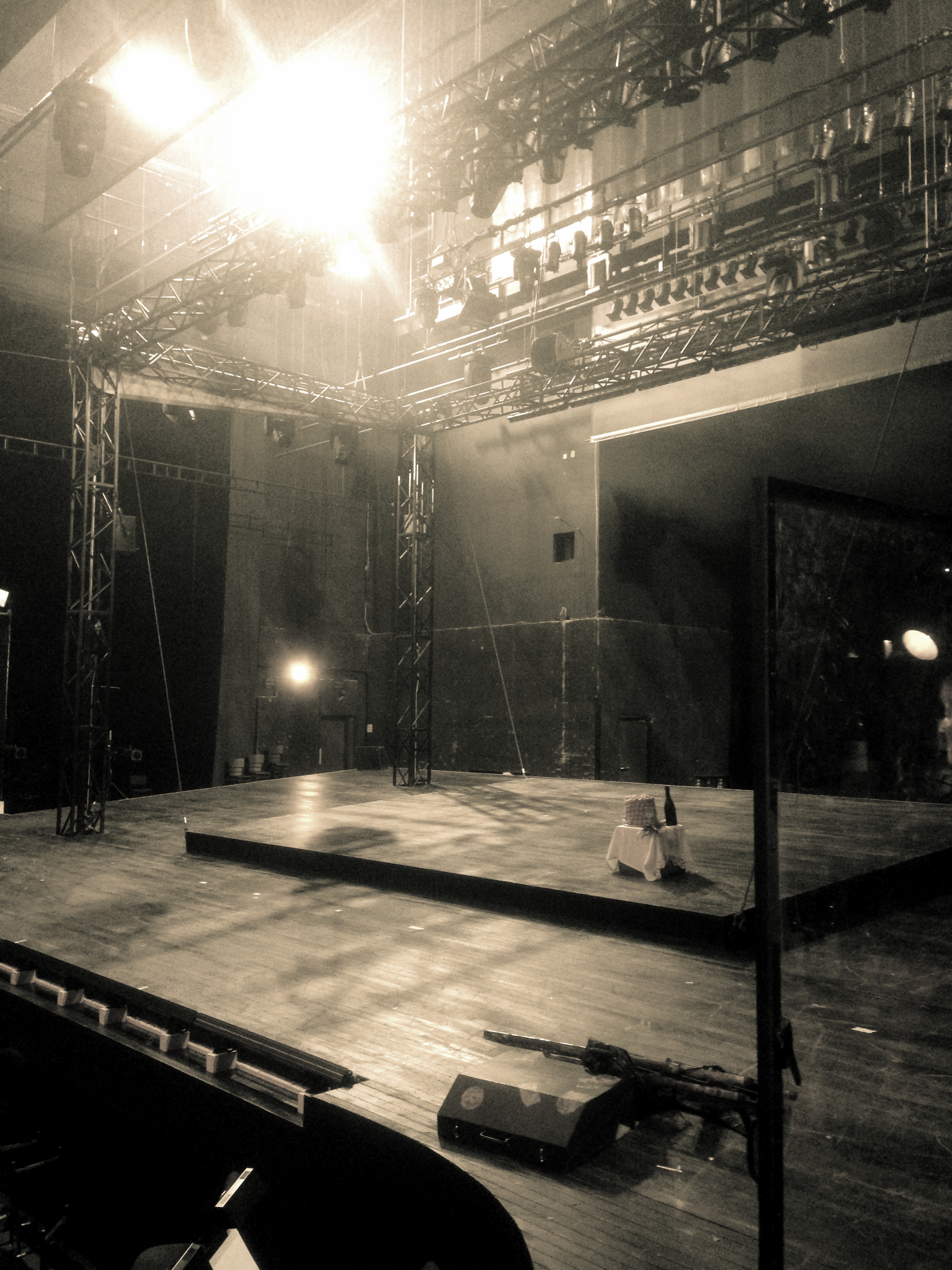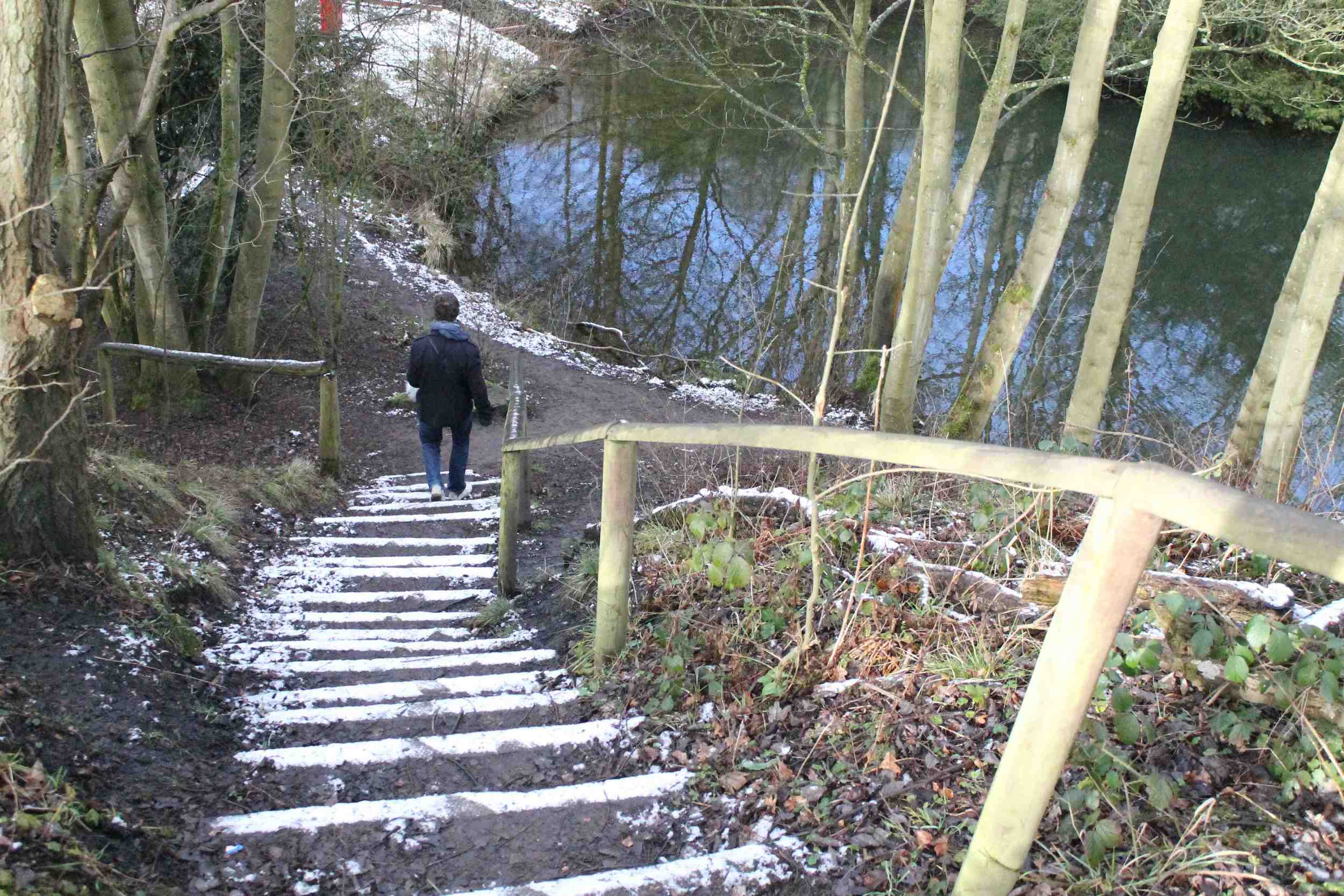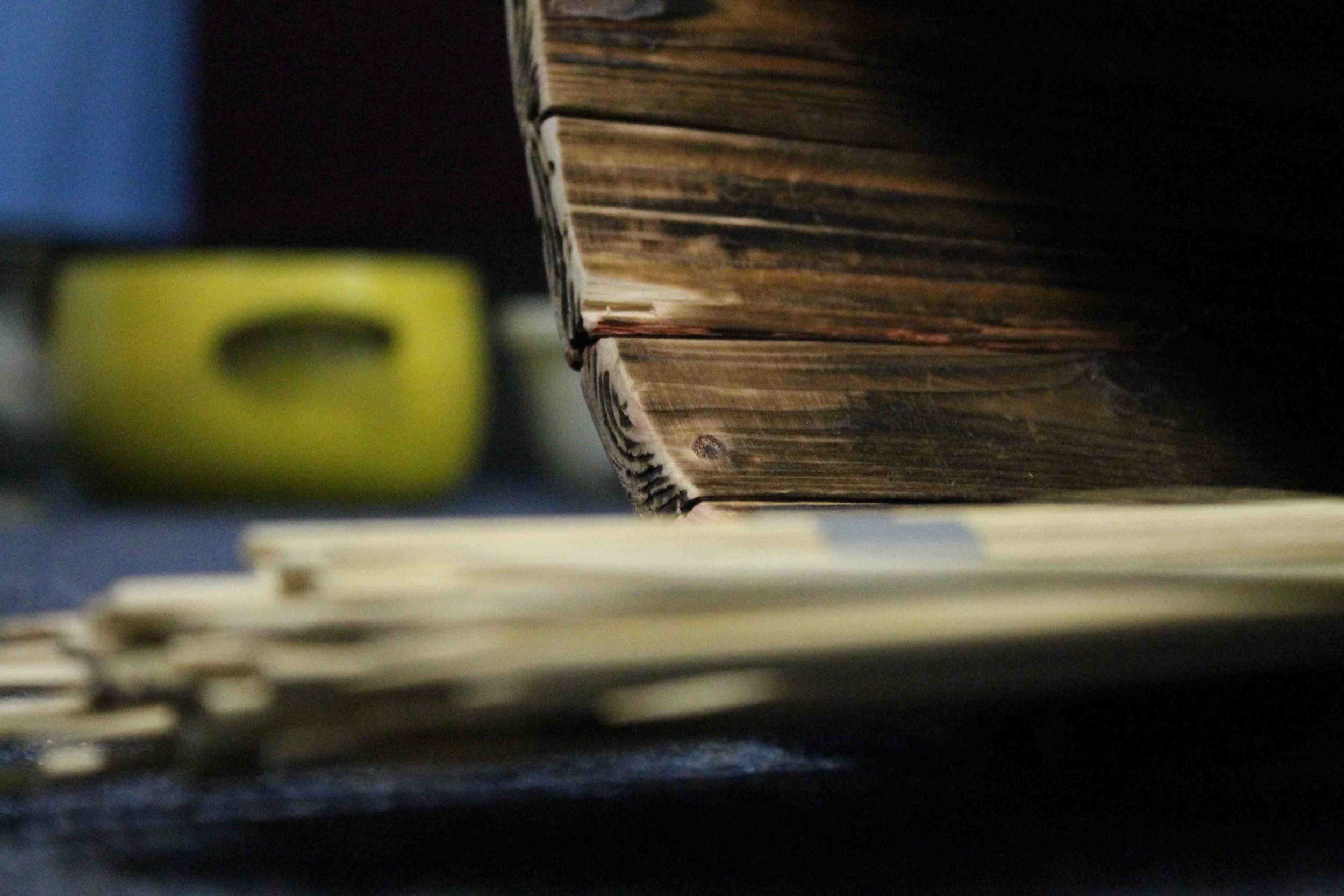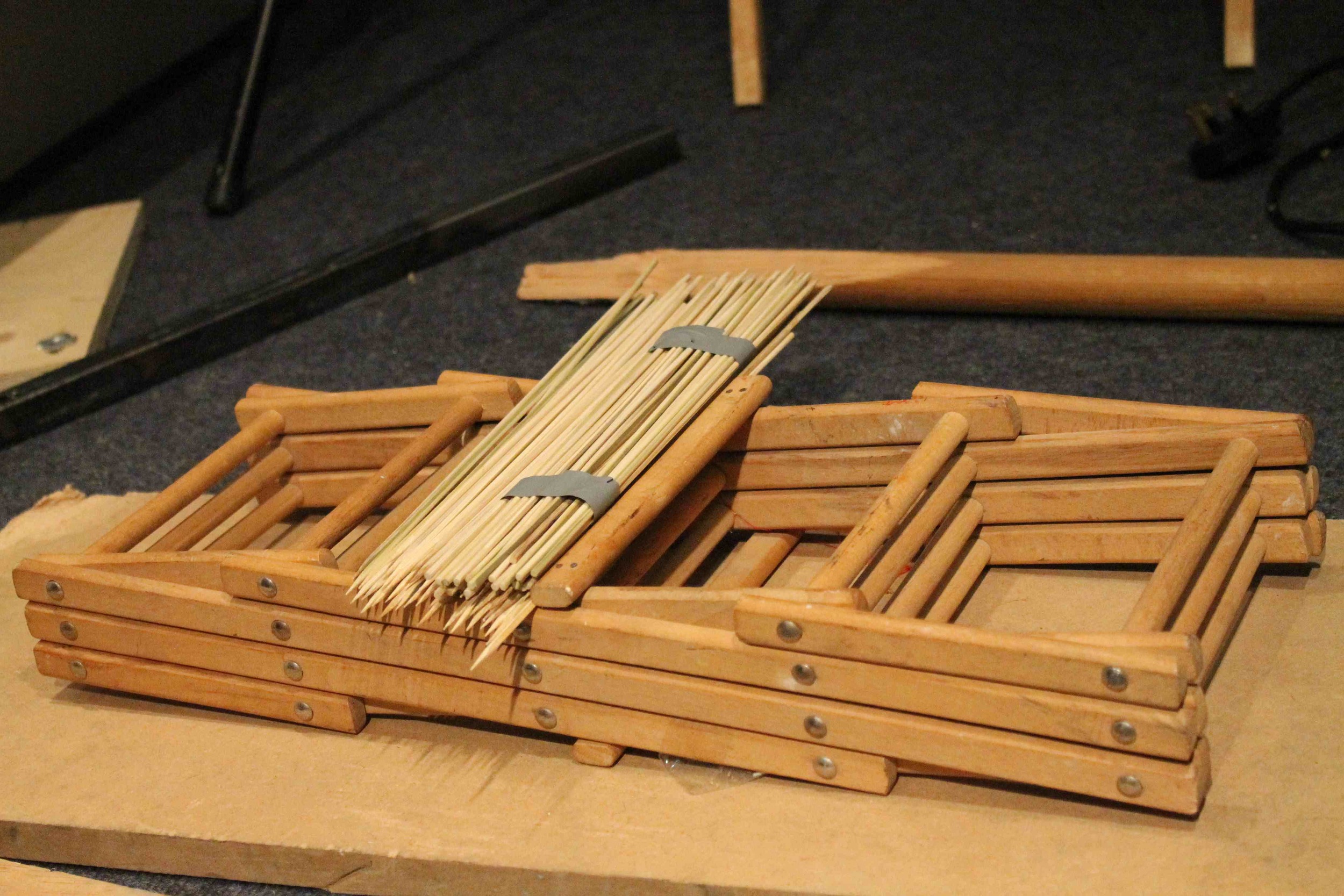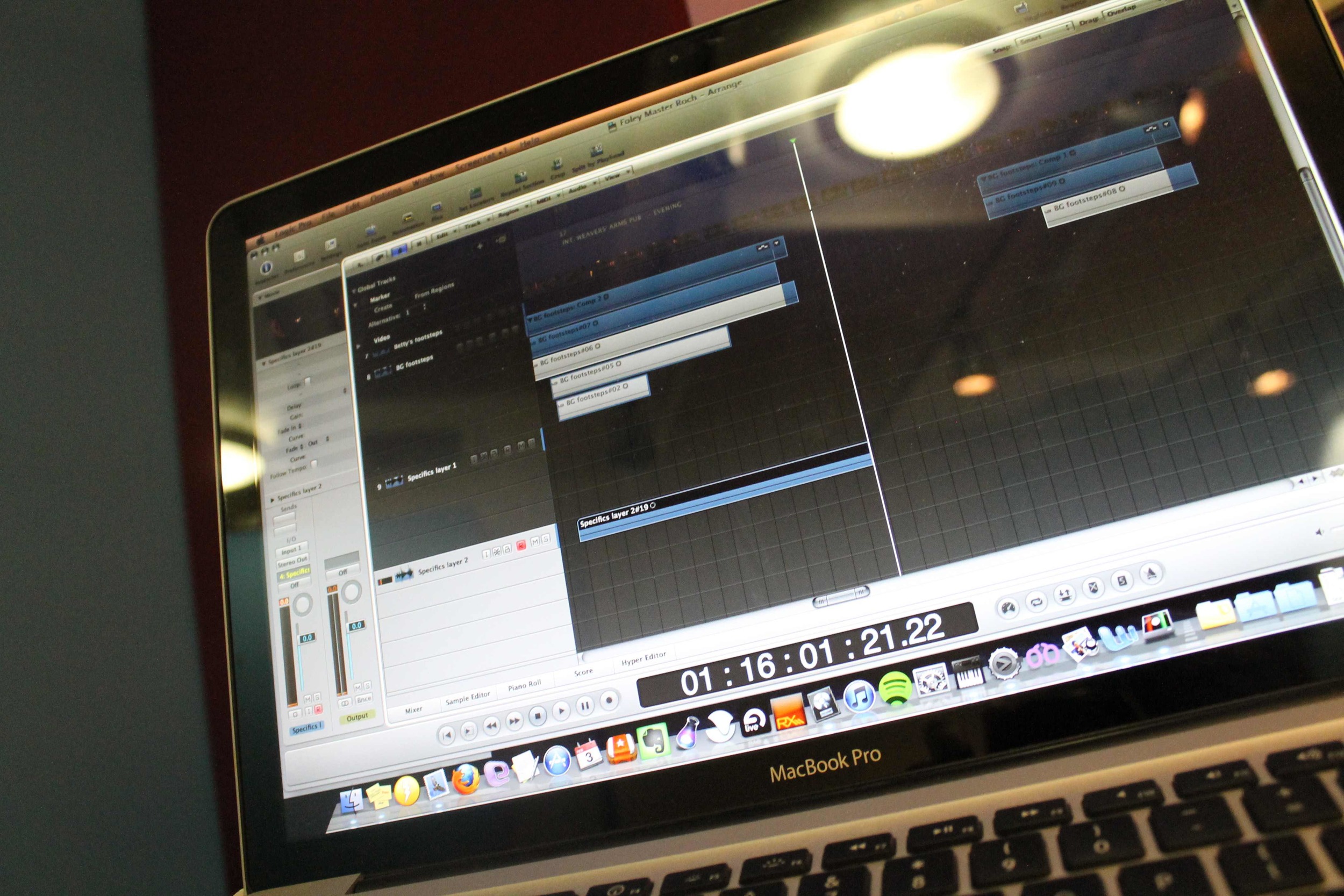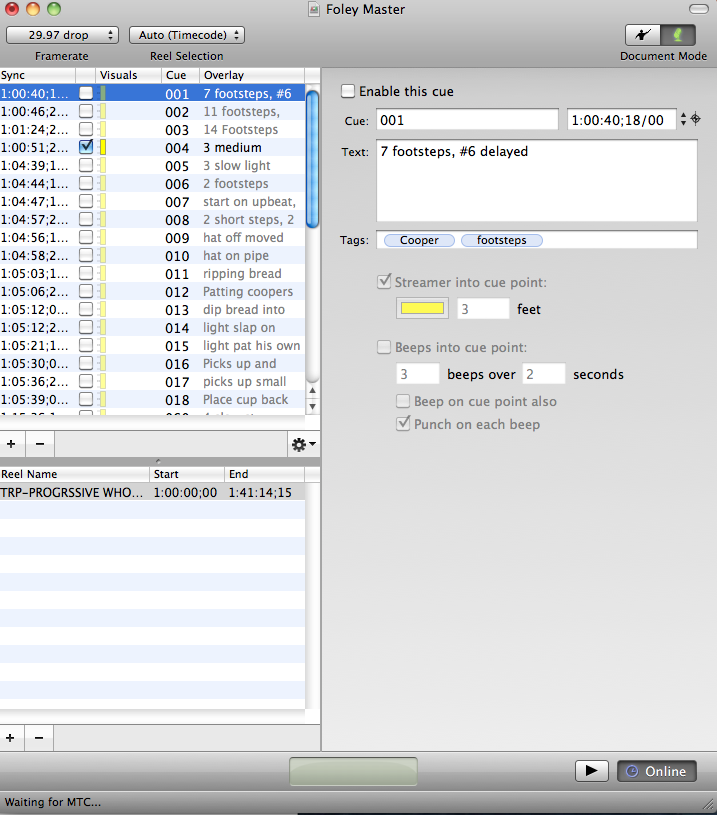PODCAST
Loving the new Conversations with Sound Designers Podcast hosted by the excellent Peter Rice. This first set of conversations are with UK based Sound Designers who specialise in different areas of Plays and Musicals at differing levels of their careers. It’s incredibly enlightening and interesting to hear the different routes into the industry and how careers shift and change over time. Check it out!
https://uk-podcasts.co.uk/podcast/conversations-with-sound-designers
SOUND EFFECTS
I recently subscribed to ‘Free to Use Sounds’ youtube channel. The name is not really the full picture here. The channel is made by two travellers who specialise in recording sounds in the different locations they visit across the world. Most recently in Kyoto, Japan. They also showcase all sorts of portable audio recording equipment, from affordable ranges to high end gear, so if you’re looking for new equipment, its useful to hear the recordings here beforehand!
SOUND EFFECTS & PODCAST
I recently came across Alice Boyd’s found sounds feature for Ffern’s ‘As the Season Turns’ podcast. Alice has some very useful thoughts about deep listening and it makes me think about taking the time to activley listen, it’s such a great way to engage with the present and, when listening back, remember the feeling you had when visting a new place to record.









